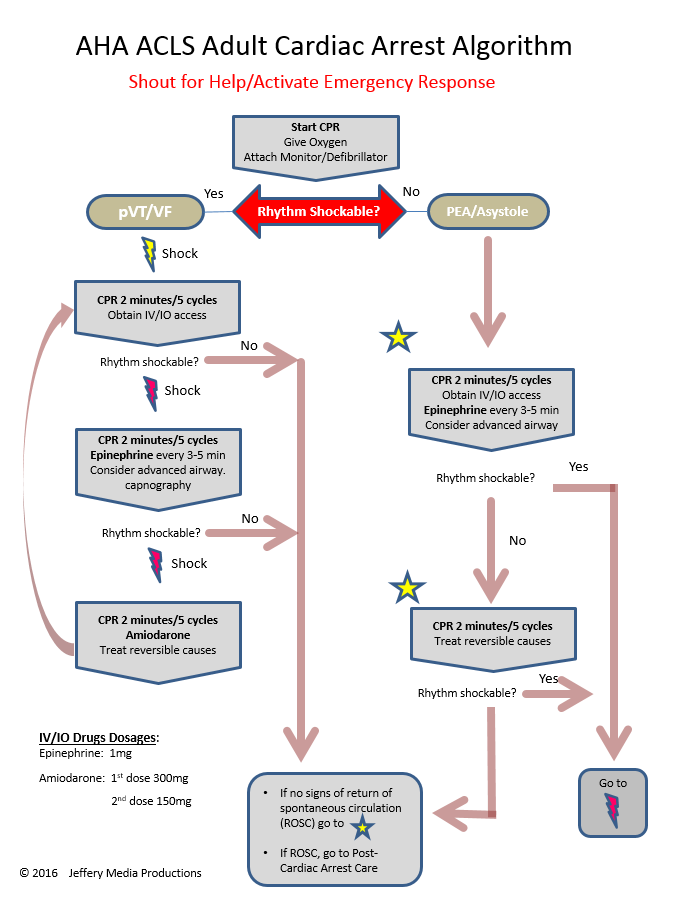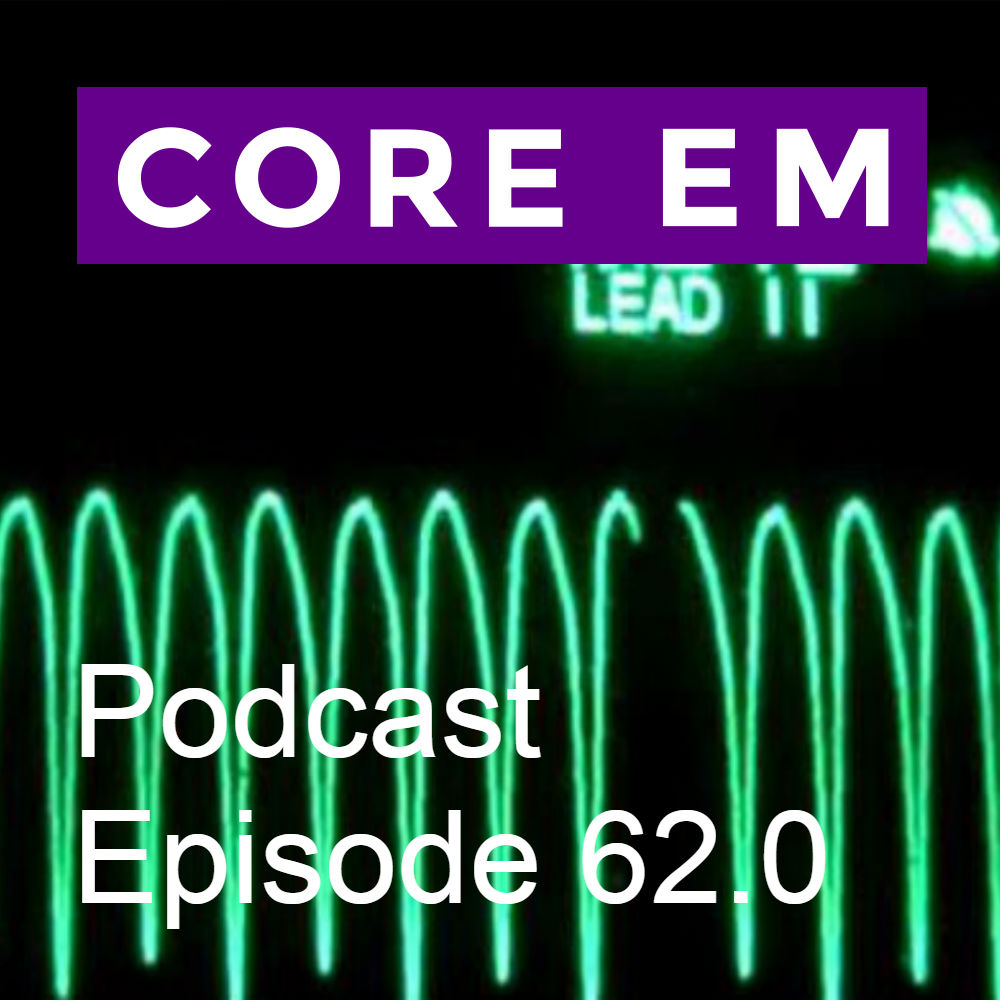This week we discuss the ED management of cardiac arrest with VFib and pulseless VTach.
Episode 62.0 – VFib and Pulseless VTach
Show Notes
Take Home Points
- In cardiac arrest, the most important interventions are to deliver electricity quickly when it’s indicated and to administer good high-quality compressions with minimal interruptions to maximize your compression fraction.
- Medications like epinephrine and amiodarone have never been shown to improve good neurologic outcomes in the ACLS recommended doses. Don’t focus on them.
- Consider pre-charging your defibrillator to minimize pauses in CPR and maximize your chance for ROSC
- Finally, remember that as Emergency Physicians, we are specialists in the resuscitation of cardiac arrests. ACLS is just a starting point. Push your understanding of taking care of these patients so you can deliver the best care possible
Additional Reading
Core EM: Ventricular Tachycardia
Core EM: A Simplified Approach to Tachydysrhythmias
Core EM: Amiodarone, Lidocaine or Placebo in OHCA
emDocs.net: Epinephrine in Cardiac Arrest
REBEL EM: Beyond ACLS: Pre-Charging the Defibrillator

ACLS VFib and VTach Algorithm
References
Driver BE et al. Use of esmolol after failure of standard cardiopulmonary resuscitation to treat patients with refractory ventricular fibrillation. Resuscitation 2014; 85(10): 1337-41. PMID: 25033747
Kudenchuk PJ et al. Amiodarone, Lidocaine, or Placebo in Out-of-Hospital Cardiac Arrest. NEJM. 2016; PMID: 27043165
Laina A et al. Amiodarone and Cardiac Arrest: Systematic Review and Meta-Analysis. Int J Cardiol 2016; 221: 780-8. PMID: 27434349



Double sequence defib has also been discussed as an option with seemingly good outcomes despite small sample sizes http://www.ncbi.nlm.nih.gov/pubmed/25243771